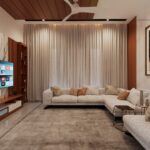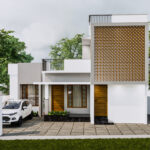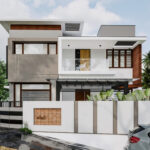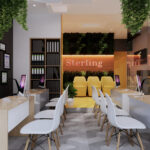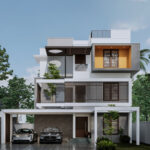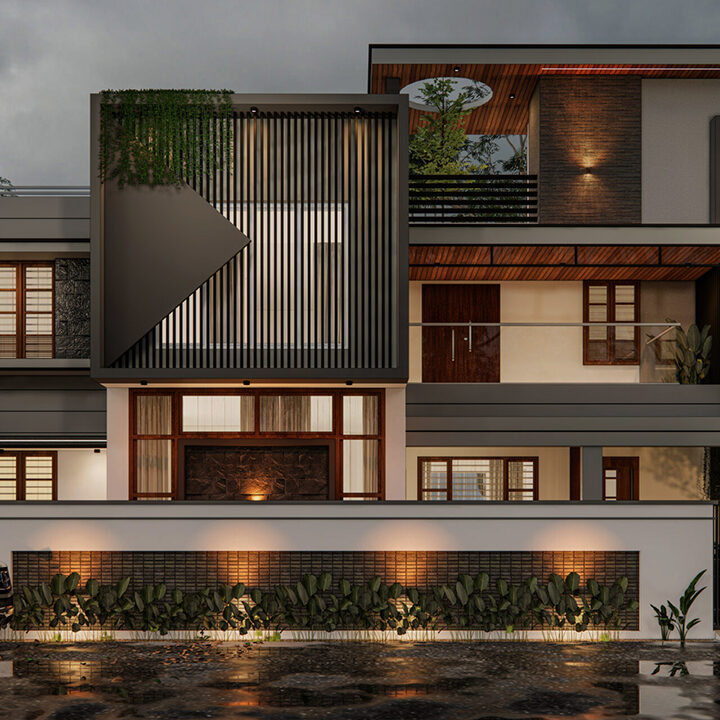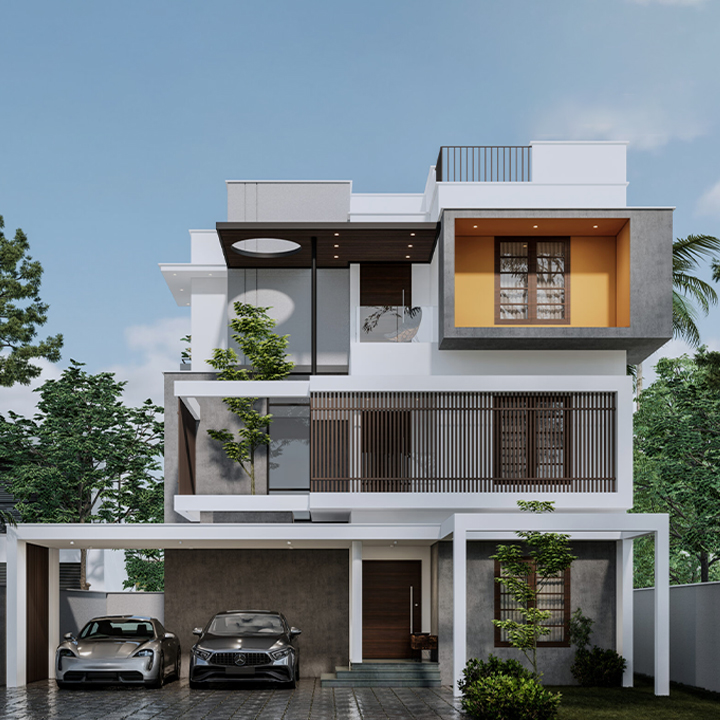Earthen Beauty Preserved
- Home
- portfolio
- Architecture
- Earthen Beauty Preserved
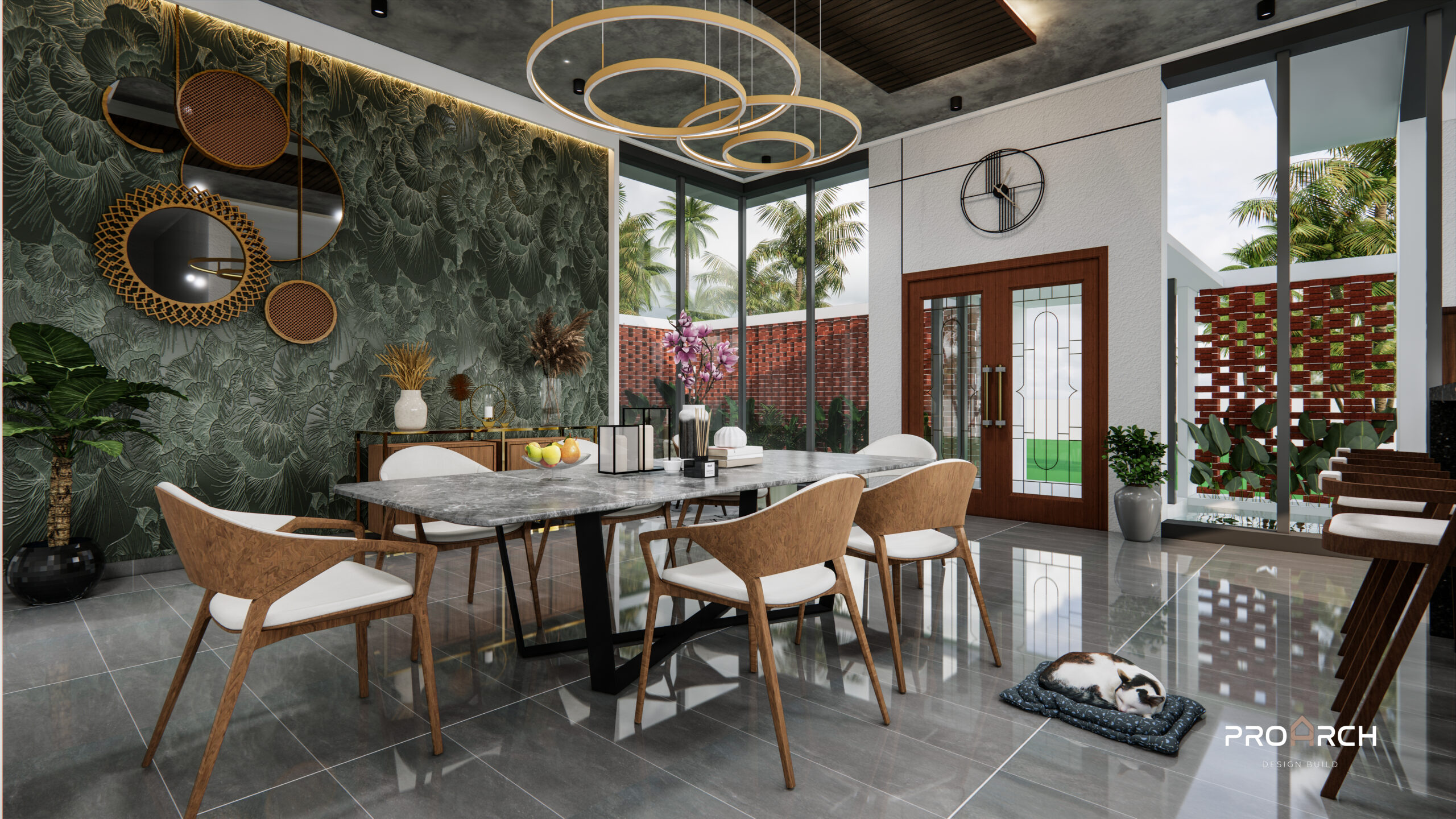
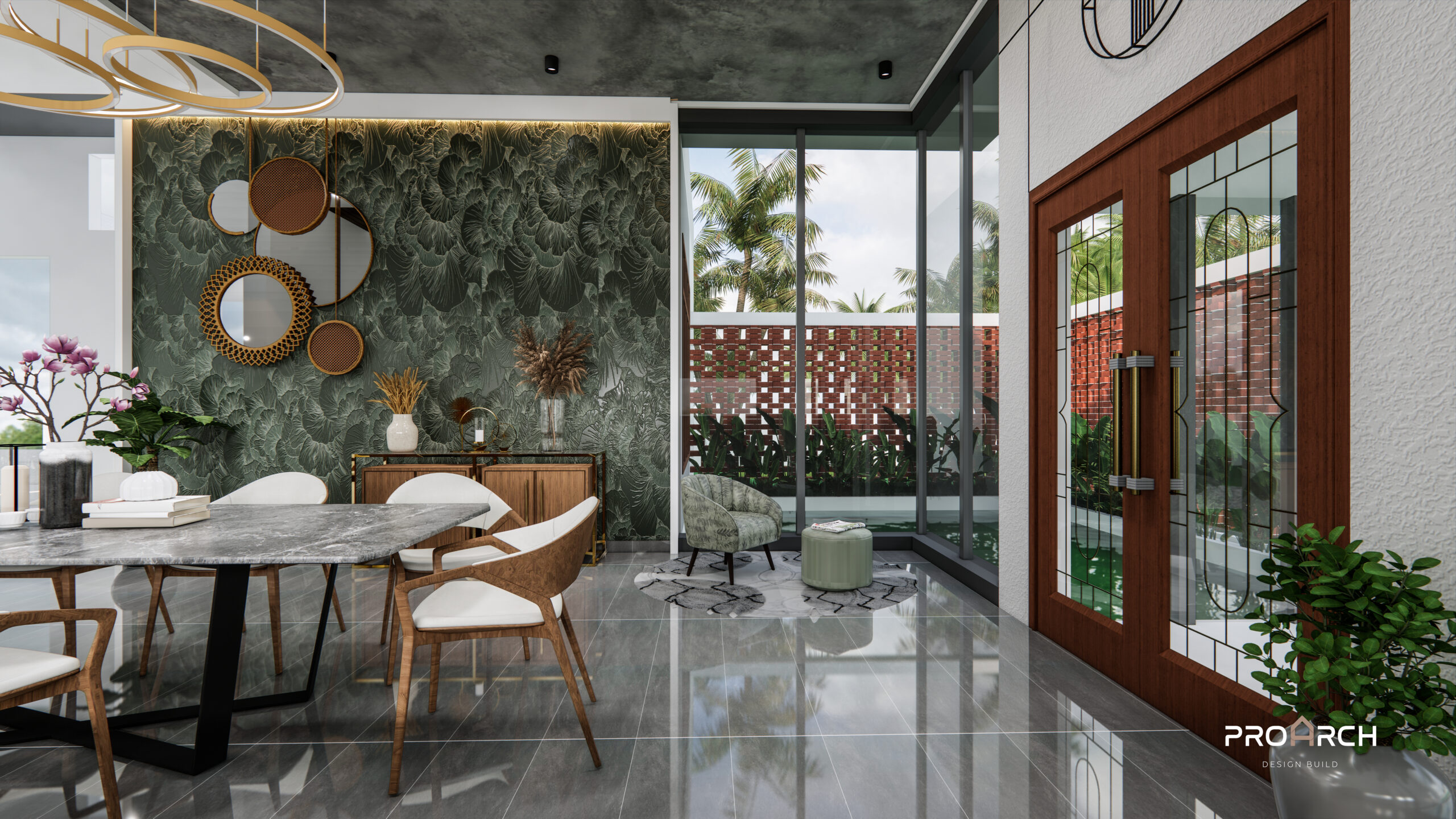
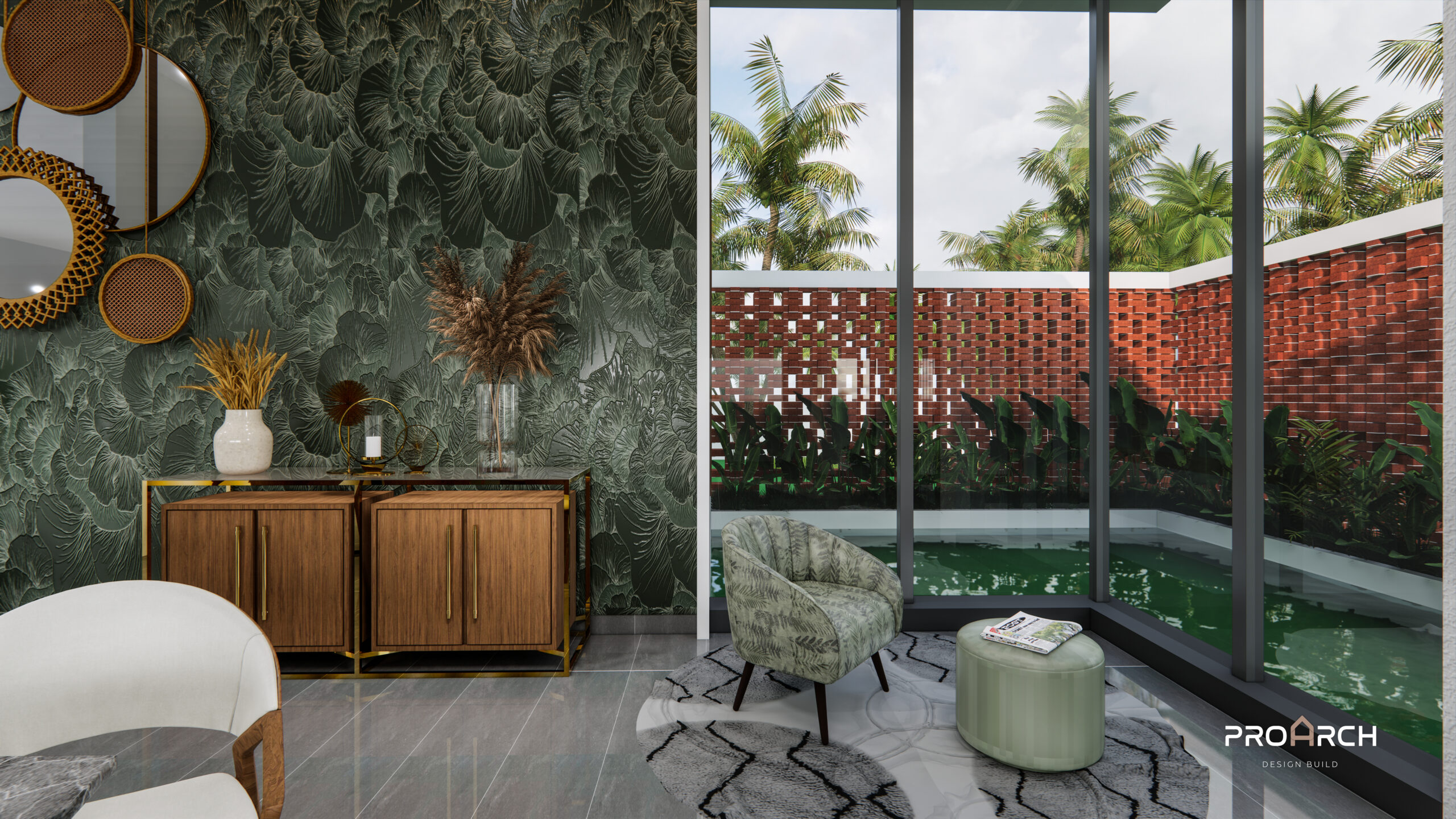
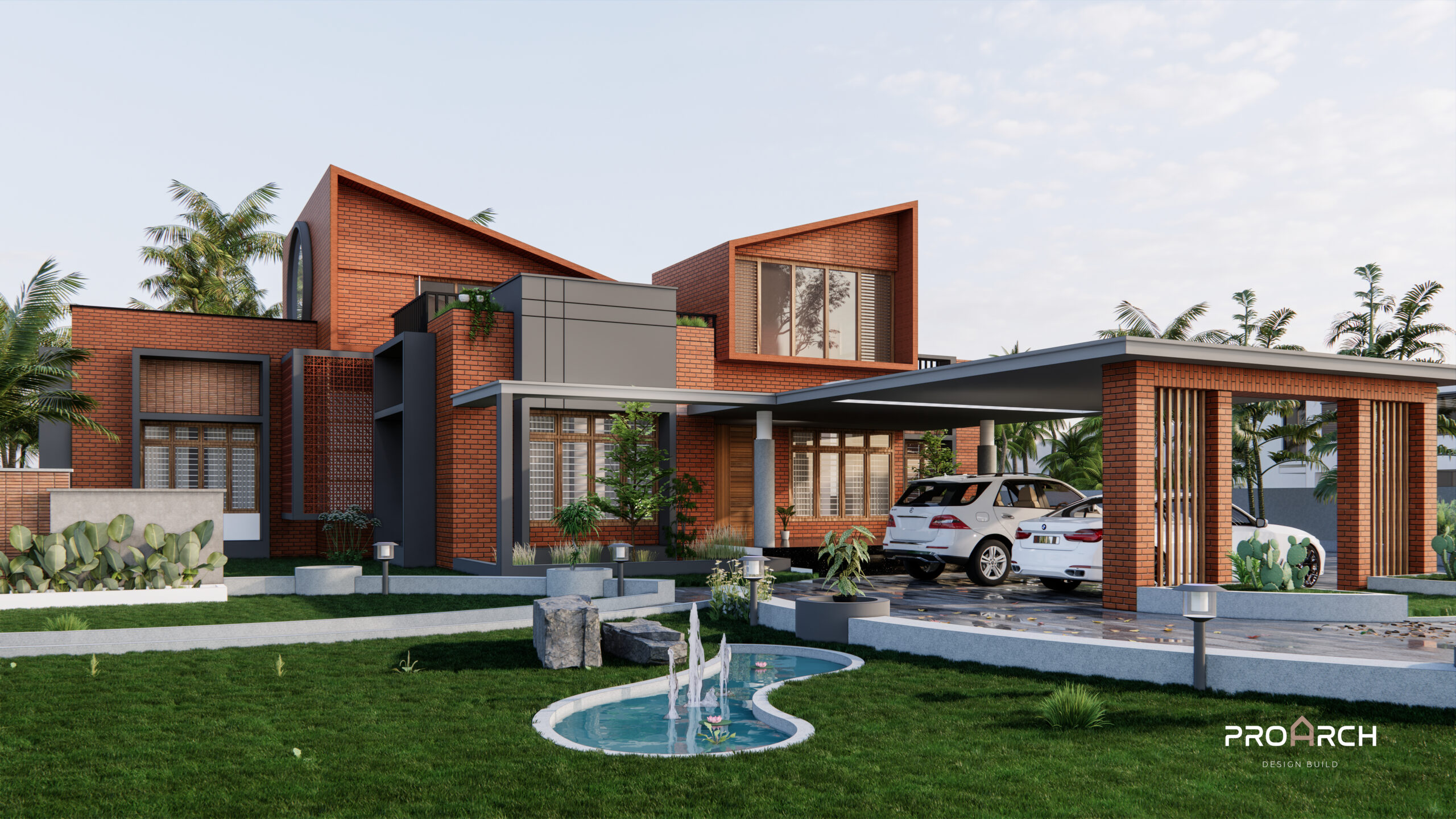
architect:
client:
Terms:
project type:
Strategy:
date:
Vernacular architecture embodies the essence of a region’s cultural heritage, shaped by generations of local builders who have honed their craft to suit the specific environmental conditions and societal needs of their communities. Throughout history, diverse regions around the world have embraced vernacular building traditions, utilizing materials readily available in their surroundings. One such material, terracotta, has played a prominent role in the architectural landscapes of many civilizations. From the terracotta roof tiles adorning Mediterranean villas to the intricate terracotta façades of South Asian temples, this versatile material has been cherished for its resilience and aesthetic appeal.
Terracotta cladding, in particular, serves as a hallmark of vernacular architecture, blending seamlessly with the natural surroundings while offering practical benefits. The use of terracotta cladding not only provides protection against harsh weather conditions but also ensures thermal comfort within the built environment. Its porous structure facilitates air circulation, helping to regulate indoor temperatures in hot climates. Furthermore, the rich hues and textured surfaces of terracotta cladding add a sense of warmth and character to buildings, enhancing their visual appeal. In essence, the incorporation of terracotta cladding into vernacular architecture exemplifies a deep-rooted connection between local traditions, sustainable practices, and architectural ingenuity.
Design in Details
Vernacular architecture refers to the traditional building styles and techniques that have developed organically over time within a particular region, reflecting the local climate, materials, and cultural practices. One striking feature often found in vernacular architecture is the use of terracotta cladding. Terracotta, a type of fired clay, has been utilized for centuries due to its abundance, durability, and thermal properties.
